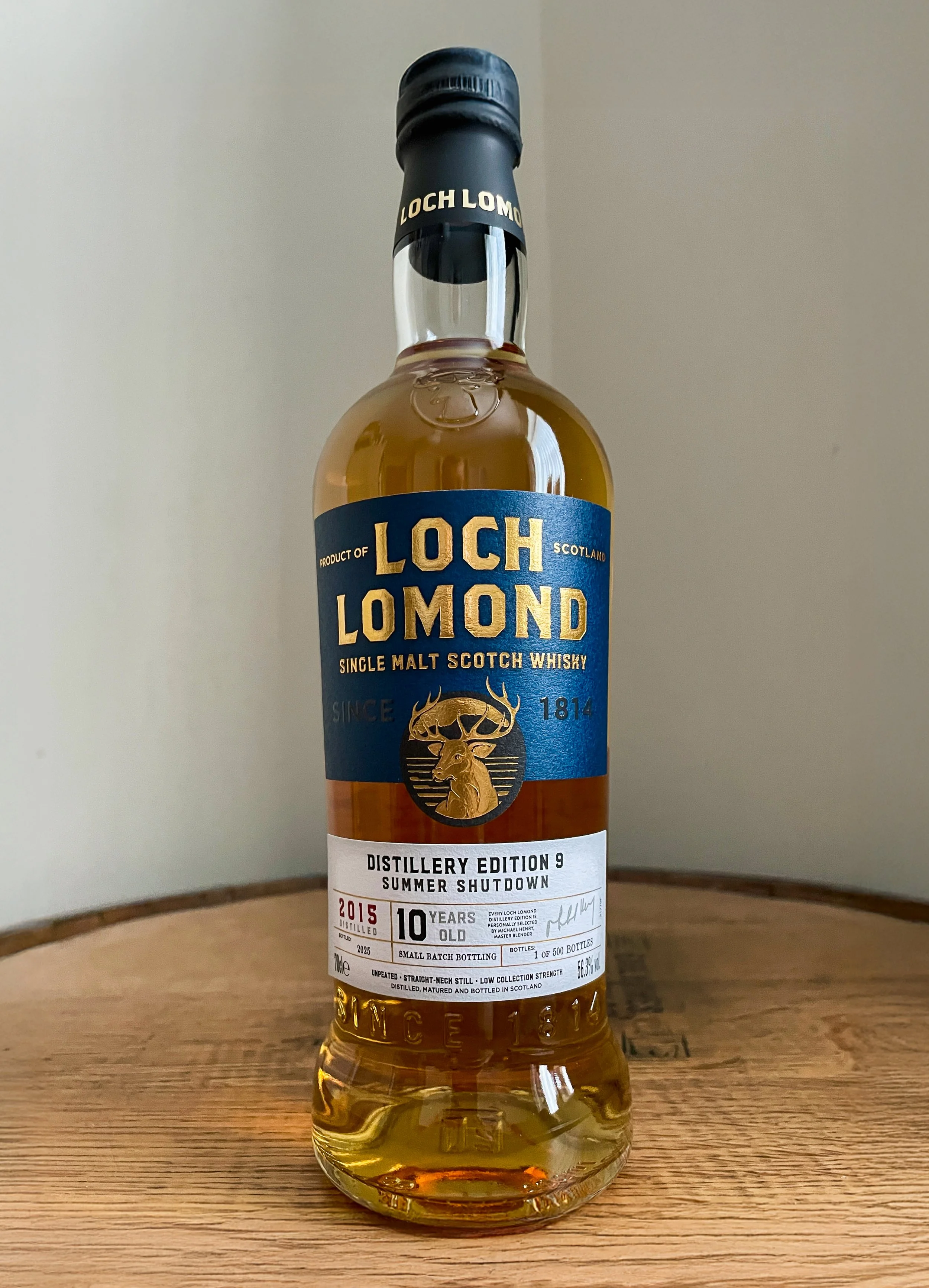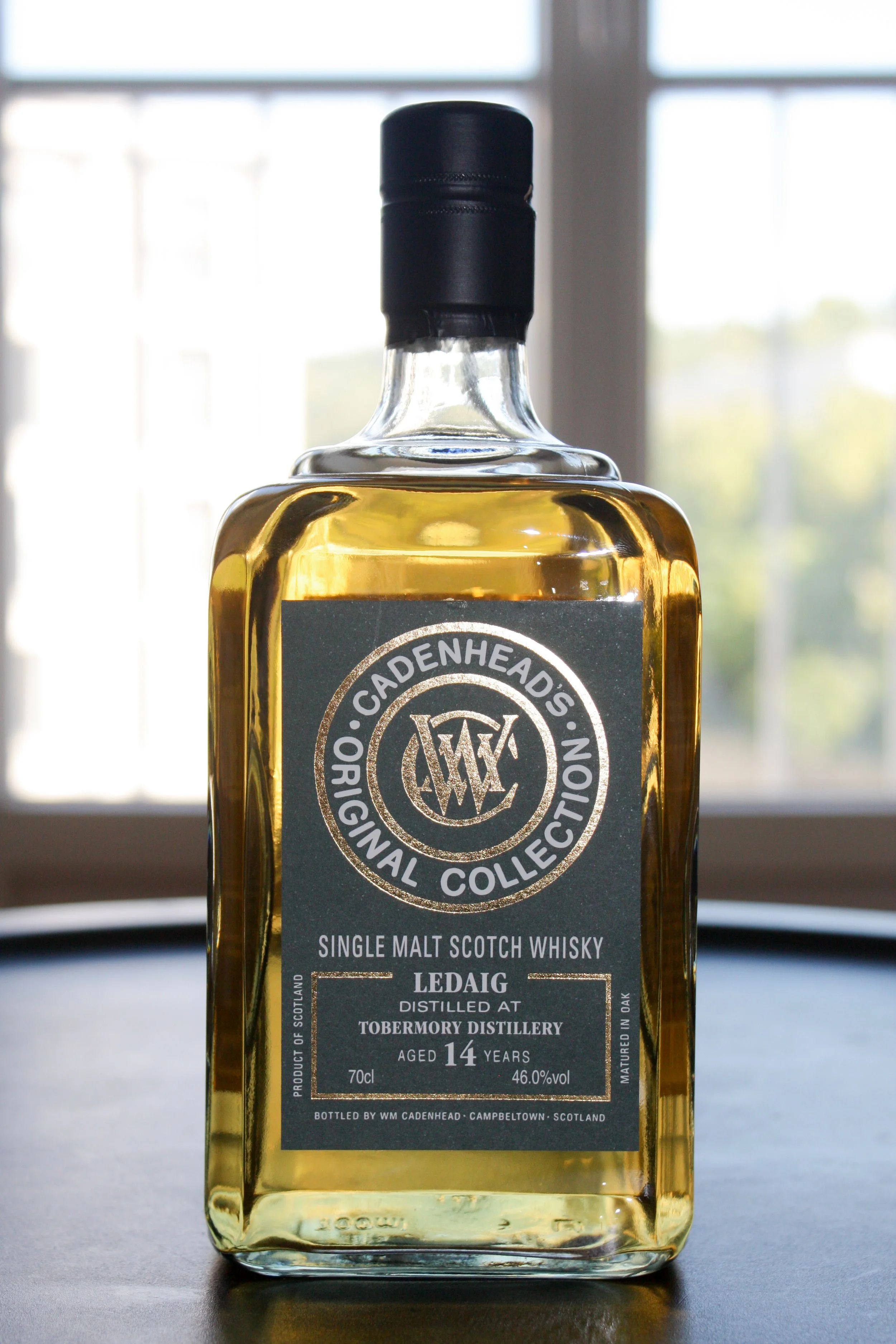Elijah Craig Barrel Proof 12yo
B518 2018 Release | 66.7% ABV
Score: 7/10
Very Good Indeed.
TL;DR
A rock-solid statement for the case of bourbon.
A self-proclaimed Scotch enthusiast steps out of the bourbon-loving closet
To say we’re pretty Scotch-focused here at Dramface is kicking down an open door.
Despite there being a pretty decent geographical spread where our content contributors are concerned (for the record: we could still do with someone from Tuvalu), Scotch, by and large, is where most of us are ‘at’. At time of writing, we’re closing in on 300 reviews on Dramface, with well over 200 of them covering Scotch whisky of some sort.
That doesn’t mean we don’t like other whisky, it’s just that there’s an enormous amount of the stuff out there, and what we, yours truly included, happen to buy, drink and review appears to be mostly Scotch. Apart from our otherwise much appreciated and dearly beloved podcast host Gregor McWee (a brilliant alias if ever there was one, by the way), who went on record stating that bourbon only exists to make Scotch taste better, none of us here at Dramface HQ would go as far as snubbing a drink so deeply rooted in American culture.
Mr McWee may have brilliant hair, and word has it his sneaker-designing skills are second to none, but let me please emphasise that his statement by no means represents the official Dramface stance on bourbon. Besides, he only drinks sherry cask-matured whisky and the very thought of peat makes his stomach turn, so what does he know about whisky anyway?
“I remember a time not that long ago where I too was of the opinion that every bourbon tasted the same. That was until I stumbled upon...Elijah Craig.”
So, with that out of the way, time to get down to bourbon business. If you’re not overly familiar with bourbon as a whiskey category, it might easily become a case of not being able to see the trees through the forest. (If you know your Weller from your Michter’s and your Col. Taylor from your Blanton’s, feel free to skip this bit and head straight over to the actual review).
There are an awful lot of brands out there, and quite a lot of the most well-known and common names are, in fact, down to just a handful of distilleries. Buffalo Trace might well be the best example, as they release, apart from their namesake bourbon, an impressive range of other brands: Blanton’s, E.H. Taylor, Van Winkle, Stagg, Stagg Jr., Sazerac (a rye, not a bourbon), Eagle Rare, W.L. Weller, Elmer T. Lee and half a dozen others. Same goes for Jim Beam (Booker’s, Knob Creek, Basil Hayden’s…) and Heaven Hill (Evan Williams, Larceny, Henry McKenna, and, indeed, Elijah Craig).
That doesn’t necessarily mean all of these brands are made at just these three distilleries – Maker’s Mark, for example, is also owned by Jim Beam, but has its own distillery, and Jim Beam in its own right has three operative distilleries spread out across Kentucky — but quite a few of them are. The keys to diversifying and making distinguishable brands are, as I understand it, using different mash bills and very specific combinations of yeast varieties to create different flavour profiles. Both the mash bill combinations and the various types of yeast used for each brand are often kept highly secret, guarded as strict as the secret ingredients to Coca-Cola.
As you all probably know, bourbon has to be made from a mash bill containing at least 51% corn. This means that the other 49% lies wide open to diversify things, and a plethora of possible combos of other grains (usually malted barley, wheat and rye) can have a significant impact on the profile of the bourbon. This new make is then put to rest in combination of fresh oak casks, varying from lightly toasted all the way down to heavily charred — for a minimum of two years if they want to label it as ‘straight bourbon’ (usually four or more, although seeing an actual age statement on a label of bourbon isn’t really common).
So, hoping I’ve got my facts straight on all things bourbon, what about this one, then?
Review
12yo Kentucky straight bourbon, 66.7% ABV
£80-ish in Europe, $70-ish in the US
I remember a time not that long ago where I too was of the opinion that every bourbon tasted the same. That was until I stumbled upon the regular ‘small batch’ expression of Elijah Craig. It was (and still is) about €35-€40 for a 12yo whiskey bottled at 47% ABV. It was a clear case of curiosity getting the better of me, and I did not regret it. So surely, a cask strength version can only be even better?
Nose
Rich on cherries, sweet coffee, and chocolate. Wood spice, oily and viscous (Can a nose be oily and viscous? This one is, anyway…), vanilla, varnish/polish, book leather. Bold and luscious and, despite the hefty ABV, by no means aggressive!
Palate
Sweet and leathery arrival, but that’s just a prelude before the high ABV actually does kick in. Some water is definitely required here. I dare say I can handle my cask strength whisky pretty well, but 66.7% ABV is nothing to be sneezed at. Once the fires in my throat have settled, they give room to wood, honey, tobacco and pencil shavings and more leather and chocolate over a thick, chewy and full mouthfeel, all of which lingers on through a lengthy, increasingly drying finish. It’s a classic bourbon in many ways, but thanks to the chocolate and leather notes it’s been given the Spinal Tap treatment and goes all the way to 11!
The Dregs
The regular small batch Elijah Craig was one of the first bourbons that made me realise I should embrace new insights when they present themselves rather than sticking to my guns against my better knowledge. Needless to say, as long as I can find the small batch bottles at reasonable prices, they‘ll make regular appearances in my cabinet.
When, soon after coming out of the bourbon-loving closet, I found out there was a cask strength version of this bourbon as well, I was ready and eager to add it to the collection, only to be slightly discouraged by the availability (or rather, the lack of availability) and the price tag, balancing just below or north of triple-digits. Fast forward to last year and praise be to the whisky community, because with the help from a whisky friend in Germany, I finally managed to secure a bottle of Elijah Craig barrel proof at a very attractive price.
Knowing how lucky I’ve been, I’m nourishing this bottle to last me as long as possible — finding one is difficult as it is, and being offered one at least €20 below the usual retail price is deserving of a happy dance through the living room. I am, and probably always will be, a Scotch whisky enthusiast first and foremost. This, though, is a rock-solid statement for the case of bourbon. With bourbon relatively available in the US and considerably cheaper there compared to what us poor buggers on the Old Continent are charged, you could argue that it would be a bit costly for many malt whisky enthusiasts to branch out (and unfortunately, that knife cuts both ways, seeing how a lot of single malt whisky is rather expensive in the US). However, if you’re even marginally open to trying something different now and again, I can’t but recommend you give this one a try. Mr McWee: it’s a cracker!
Score: 7/10
Tried this? Share your thoughts in the comments below. EA
-
Dramface is free.
Its fierce independence and community-focused content is funded by that same community. We don’t do ads, sponsorships or paid-for content. If you like what we do you can support us by becoming a Dramface member for the price of a magazine.
However, if you’ve found a particular article valuable, you also have the option to make a direct donation to the writer, here: buy me a dram - you’d make their day. Thank you.
For more on Dramface and our funding read our about page here.































